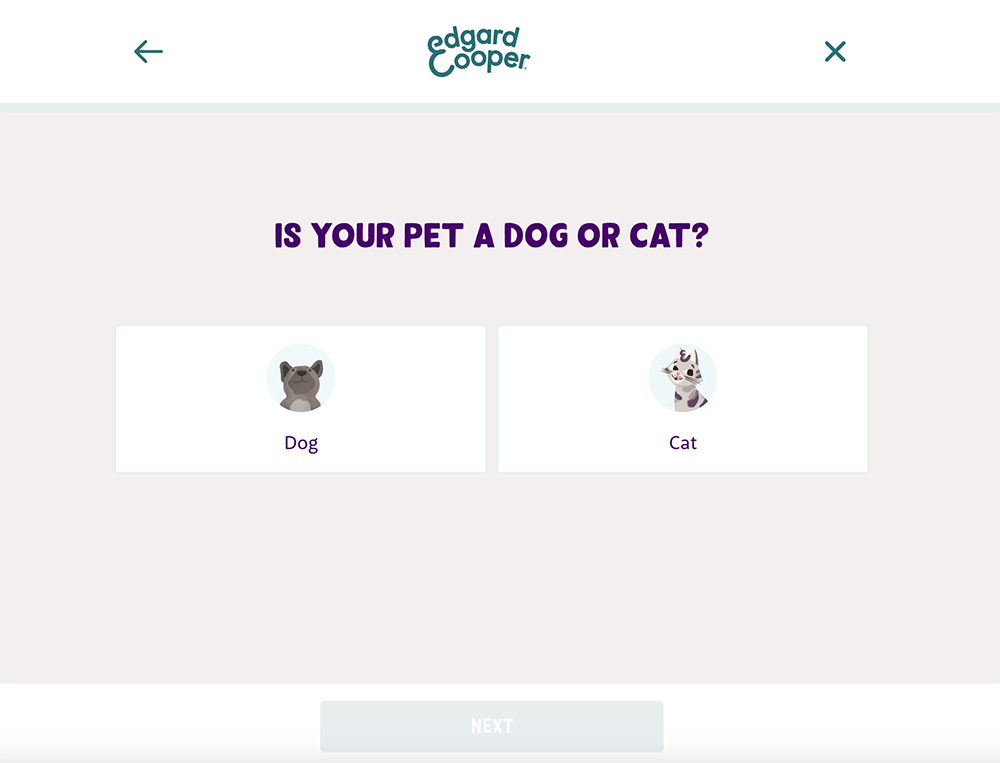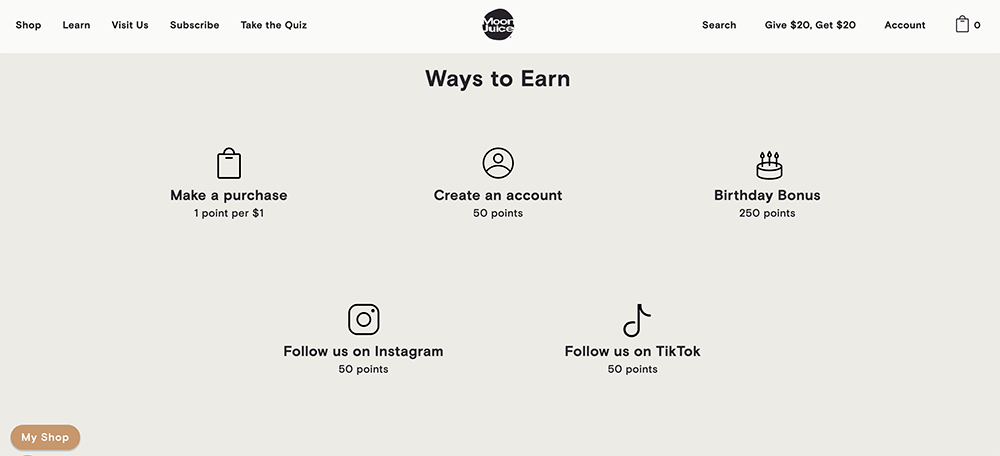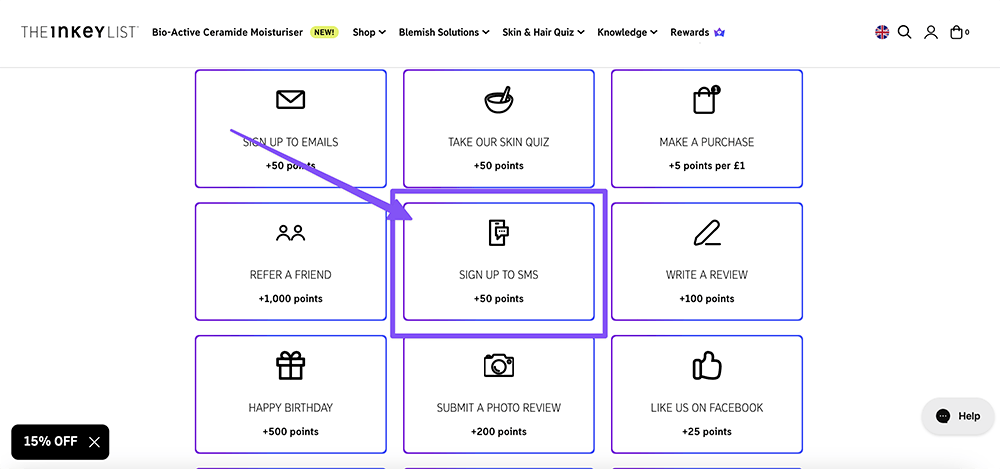If you own and operate a Shopify store, chances are you’re making use of ecommerce email marketing to keep in touch with your customers. If you’re not on top of the news in the email marketing world, you might not have noticed that Google and Yahoo have introduced new email compliance requirements from February 1st, 2024.
What are these changes? In summary, they relate to:
- Authentication of outgoing emails (set up SPF, DKIM, and have a valid DMARC)
- Reported spam rates (keep spam rates below 0.10% and never more than 0.30%)
- Easy unsubscribe from email lists (implement an easy-to-see, one-click unsubscribe option, and remove unsubscribes from your list within two days)
- Have a valid forward and reverse DNS record for your sending IPs
- Comply with RFCs 5321 and 5322 (to do with message formatting)
Google is enforcing these new requirements for those sending more than 5,000 emails daily to Gmail accounts (these new requirements don’t affect emails you send to Google Workspace accounts, only personal accounts, but still count if you’re sending from a Workspace account to personal accounts).
Thankfully, Yahoo has made identical changes, so you don’t need to figure out any differences. Google has published a detailed guide for their new email sender requirements, and Yahoo has also published a guide (the Yahoo one is a little easier to read).
If you don’t comply with these new requirements for your store, you’ll find Google and Yahoo will start rejecting non-compliant emails; here’s a direct quote from the new Google guidelines:
In February 2024, bulk senders who don’t meet sender requirements will start getting temporary errors (with error codes) on a small percentage of their non-compliant email traffic. These temporary errors are meant to help senders identify email traffic that doesn’t meet our guidelines so that senders can resolve issues that result in non-compliance.
In April 2024, we’ll start rejecting a percentage of non-compliant email traffic, and we’ll gradually increase the rejection rate. For example, if 75% of a sender’s traffic meets our requirements, we’ll start rejecting a percentage of the remaining 25% of traffic that isn’t compliant.
Bulk senders have until June 1, 2024, to implement one-click unsubscribe in all commercial and promotional messages.
What brought these changes?
Google and Yahoo have recommended implementing the above changes for years; the only difference now is that they’re a requirement rather than best practice. Why?
Over the past decade, there has been an increased focus on consumer digital privacy, particularly with the introduction of the General Data Protection Regulation (GDPR) framework in 2018.
By changing these recommendations into requirements, both Google and Yahoo are hoping to achieve the following:
- Protect their users from spam, including both end-users and organizations
- Improve email security for organizations
These changes are also part of a wider strategy for better data privacy for everyone — which includes Google’s decision to retire third-party cookies by the end of 2024.
Why do these changes matter?
Updating data regulations highlights the importance of communicating with your customers in a transparent and conscientious way and protecting them from unwanted messages.
One of the strategies you can focus on for your Shopify store to help keep your emails compliant as well as navigate the loss of third-party cookies is to focus on zero-party data, i.e., data your customers share with you intentionally and proactively.
Naturally, as a Shopify store owner, you’ll collect customer data from your store’s transactions, and you’ll send transactional emails to them, but these don’t necessarily help you communicate effectively with your loyal customers to keep them coming back.
The rest of this guide will focus on how loyalty programs can help you build up your zero-party data collection to navigate and develop a more impactful ecommerce email marketing strategy.
How loyalty programs and email work together
Loyalty programs and emails are two peas in a pod — emails help you communicate loyalty program updates and progress, while the loyalty program gives you great content to support and personalize your email strategy.
But what are some of the best methods you can use to maximize a combined loyalty and email strategy? Let’s take a look at a few:
- More personalized emails. When your loyalty program member accumulates points and earns rewards, you can use that information to send more personalized emails — which personalization research shows improves customer experiences and increases customer retention, revenue, engagement, and more.
- Tell your brand story. You can use welcome and post-purchase email sequences to introduce your customers to your overall brand story, why and how the business started, and your brand mission, as well as personally introduce your business founder. You can also use these opportunities to persuade your customers to join your loyalty program.
- Collect more first-party data. You can use emails and a loyalty program together to collect more zero and first-party data by encouraging customers to complete their profiles and engage in on-brand quizzes in exchange for loyalty points. You can use this data to offer even more personalization in future email sequences.
Based on the above methods, you can create an easy step-by-step email and loyalty strategy that you can build with automation:
- Create an automated welcome email sequence so that when a customer purchases a product and creates an account with their email address, you can send them information about your brand story and introduce them to your loyalty program.
- Create another automated email giving new members more information about how the program works and some easy wins they can make to earn points right away (social follows, signing up for SMS updates, etc.)
- Create an email sequence that triggers when customers are close to earning a reward to encourage members to engage in further activities such as filling out their profile and playing a quiz to earn even more points.
- Use the data customers provide through their engagement to build more personalized email segments for product recommendations and special offers (e.g. if you’re a pet nutrition brand, your quiz can be asking your customers about their pets, and you can segment them into email lists specific to each type of pet you serve).
This type of strategy maximizes the effectiveness of both your email marketing and loyalty program to engage customers and increase conversion rate opportunities.
Navigating the email changes: A guide that incorporates real-world examples from Shopify brands
As you can see, where there are obstacles, there are opportunities to succeed, too. In this section, we’ll show you how loyalty data can help your email marketing to improve personalization and reduce the risk of spam reporting, with examples of Shopify brands already using these methods successfully.
Collect more zero-party data
As we mentioned in the previous section, you can use your loyalty program to collect even more zero and first-party data, which you can use to create super personalized email segments. Since we’ve already discussed this point a bit, let’s jump straight into the examples of Shopify stores doing this right.
Edgard & Cooper
Edgard & Cooper is a cat and dog food brand with a mission to help your pets eat natural, nutritious food without sacrificing sustainability (they have a “Zero Pawprint Plan.”)
As well as setting up personal profiles for accurate billing, they also have the option for existing customers to set up “pet profiles” to personalize pet nutrition. What’s more, they have a pet quiz to help match your pet to the right products:

This strategy means Edgard & Cooper can segment their emails using much more specific customer profiles, e.g., those with dogs who prefer kibble and those with cats who prefer wet food.
Inkey List
Using a similar strategy, Inkey List is a cosmetics brand with a focus on skin and hair care. The Inkey List quiz, dubbed “recipe,” is designed to help customers create a skincare routine using its products.

One difference with this quiz is an extra incentive to complete it — customers who fill it out can get a free product with selected routines. Similarly, using a quiz helps Inkey List to segment their customer emails based on their skincare preferences.
Create an emotional connection
We also mentioned welcome email sequences are a great place to help tell your brand story and mission. Telling your brand story has a significant positive impact on creating an emotional connection with your audience and, as a result, can help your brand increase engagement, decrease opt-outs, and reduce spam reports.
Let’s take a look at some Shopify examples and learn from them.
Lucy & Co
Going back to the pet industry, Lucy & Co (who also happen to be the folks behind the massively popular @dogsofinstagram profile on Instagram) is a dog accessory brand with some human accessories for dog care.
They have a great brand story in which they were inspired by their dog Lucy, a 14-year-old Bugg (Pug x Boston Terrier), to promote their mission of “all dogs are deserving”, which is baked into all of their brand copy, including emails.
Astrid & Miyu
Moving to another industry, Connie Nam founded Astrid & Miyu in 2012. Growing up appreciating jewelry from a young age, Connie would always spontaneously pick up quirky jewelry from marketplaces as she traveled the world, but struggled with buying it intentionally as a gift.
She felt the jewelry gift-buying experience with existing brands was stale and impersonal, with jewelry stuck under glass counters and sales staff in black uniforms.
Connie wanted to create a jewelry brand full of sentiment and innovative design that was personal and engaging — and so Astrid & Miyu was born and their Founder is a regular feature within their loyalty emails.
Stay connected with those who opt out
Personally, I consider myself a bit of an email fiend — I check my emails multiple times an hour (if I don’t, my inbox gets flooded). However, not everyone is like me. You’re bound to get customers who are harder to reach by email and may even opt out of email in the first instance.
You can use your loyalty program to incentivize email opt-ins, or if some of your loyalty members rarely touch their inboxes, you can encourage them to follow your brand on social media for points rewards.
One brand that does this well is Moon Juice, a supplement and skincare brand. Their loyalty program encourages members to follow the brand on Instagram and TikTok to earn 50 points for each one:

This way, if you struggle to reach some loyalty members via email, you can still communicate brand news and promotions via social media.
As a side note, Moon Juice also uses the customer quiz approach for greater personalization.
Explore alternative channels
Finally, another method you can use to navigate the changes in email is to diversify your communication channels. While it’s best to keep up with these compliance changes, it’s also a good idea to have a backup plan in case something goes wrong (e.g., your ESP doesn’t comply).
Two methods of communication that are harder to ignore compared to emails are app notifications and SMS texts.
If you have the development budget and it makes sense for your brand, a mobile app can have a significant, positive impact on your ability to communicate with customers (and could be a great place to manage their loyalty rewards).
However, if a mobile app is a little out of reach, getting your customer’s phone numbers for text updates is easier to implement — and you can also incentivize SMS signups with loyalty point rewards.
Inkey List, the example of a brand using the quiz strategy, also takes advantage of points rewards for SMS signups in their loyalty program:

In this case, customers get 50 points when they sign up to receive SMS messages, which all lead to greater money-off rewards as customers accumulate more points.
What to watch out for and evaluate in your providers
With the new changes in email requirements, you’ll need to make sure the providers you use for email marketing and loyalty can help you comply with them. Here are some questions you should ask yourself when evaluating either your existing providers or looking for new ones:
- Is your email service provider (ESP) best-in-class and staying on top of these changes? Similarly, have they communicated these changes to you in an easy-to-digest manner and given you actionable steps to make sure your email marketing activities comply with these changes?
- Does your ESP have the functionality to help you continually monitor spam and deliverability?
- If you’re sending your emails through a tool such as an AR review, referral, or loyalty platform, do the domain emails you send meet all the new requirements?
- Additionally, does your tool allow you to use a standardized unsubscribe link?
These are all questions you’ll need to keep in mind, on top of whether or not the platforms have the features you want and need to perform the task they’re made for.
Loyalty programs alongside email can be your secret weapon
Let’s recap:
Brands sending more than 5,000 daily emails will need to make sure they’re compliant with new email requirements from Google and Yahoo, which are:
- Authenticating outgoing emails,
- Keeping the reported spam rate below 0.10%,
- Having an easy unsubscribe option for customers on your list,
- Having a valid forward and reverse DNS record for your sending IPs, and
- Comply with RFCs 5321 and 5322.
To be clear, these are good changes — no one likes getting spam, and businesses get to have greater email security. However, change can be hard, and the world of data privacy is still evolving.
That’s why having a loyalty program can be your secret weapon against a changing landscape. You can use it to diversify your customer communication, all while making the experience more personal without sacrificing your customers’ privacy.
To learn more about how building a loyalty strategy can benefit your Shopify business, check out the free LoyaltyLion Academy, where you can go from loyalty rookie to pro in no time. However, if you’re ready to arm yourself with a loyalty program for your Shopify store, check out LoyaltyLion’s features and get the right plan for your business.





